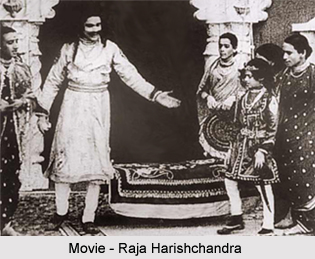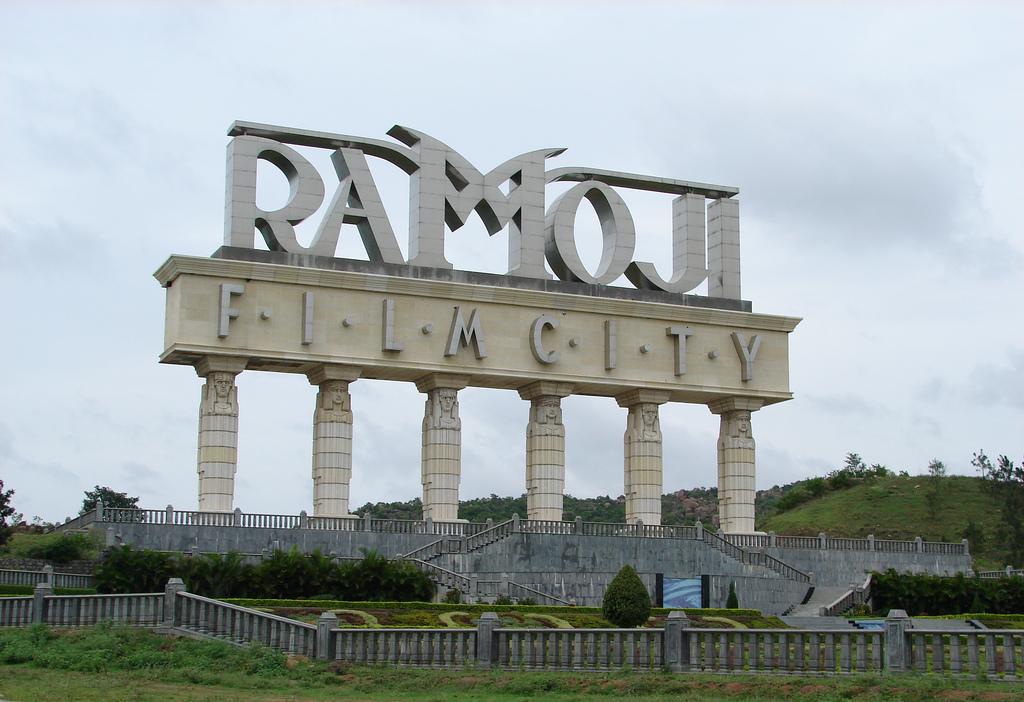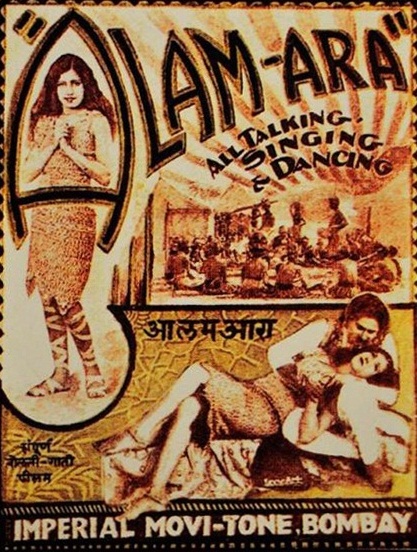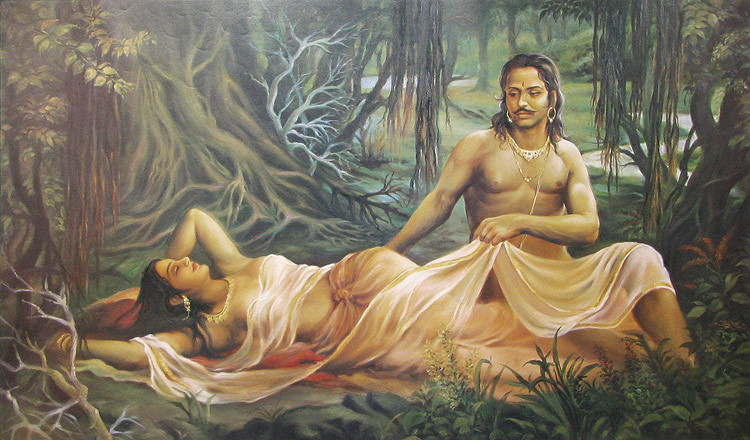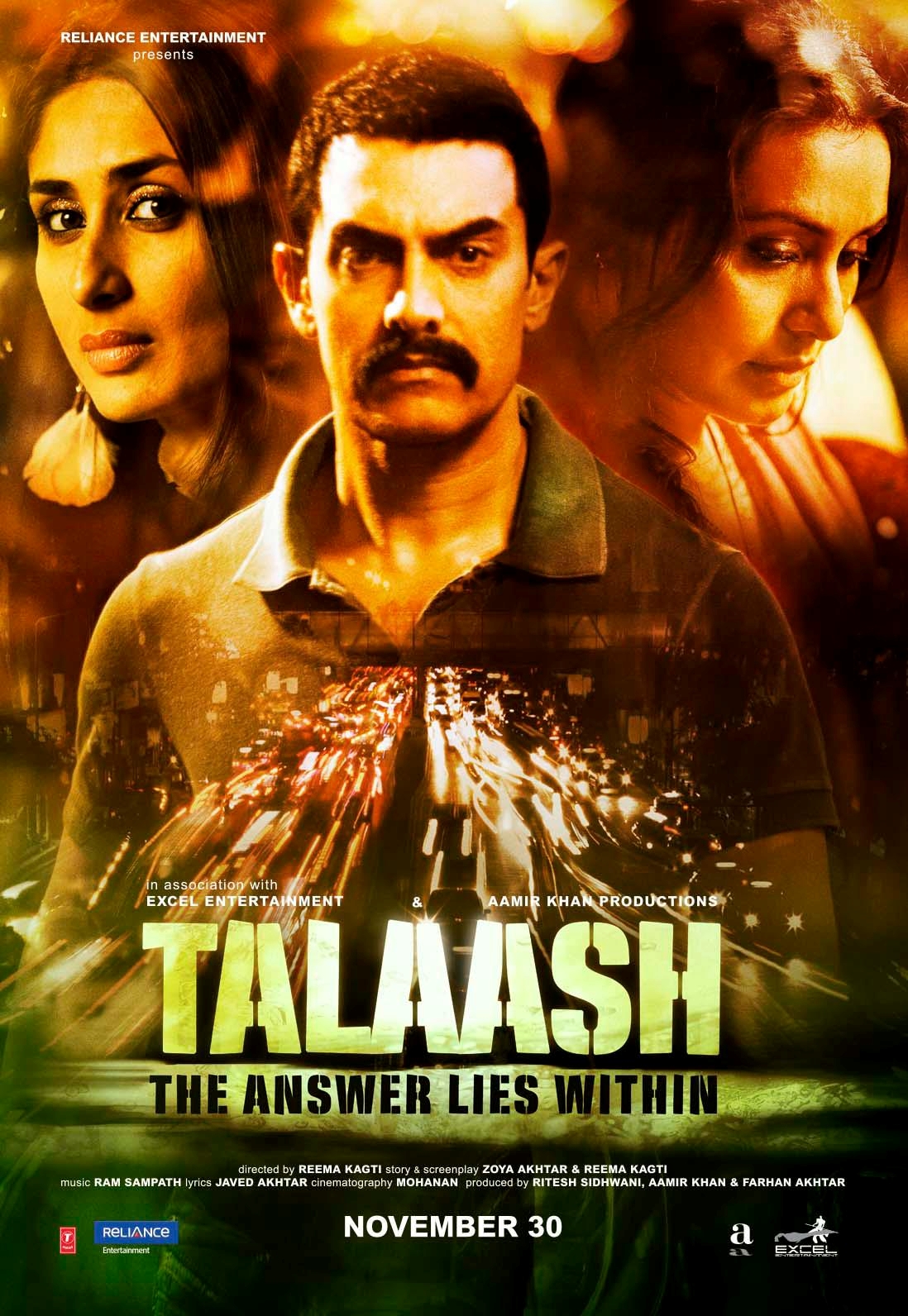{ “What do you do?”
“I am a dream-catcher.
I take your reality
and weave you a fantasy.” }
This is a story that begins in the heart of Calcutta, just before the turn of the century. The moving image had come to town and a far-sighted Bengali gentleman named Hiralal Sen brought the stage to screen with his moving biopics.
[Cut to Mumbai.]
On the other side of the country, Mumbai’s Marathi speakers were a visionary and cultural bunch. The stage was set with a strong tradition of theater already in place. The Wrestlers (1899) by H. S. Bhatavdekar showing a wrestling match at the Hanging Gardens in Mumbai was the first film ever to be shot by an Indian. The Indian documentary was born.
One of the greatest intellectuals of the time, Dadasaheb Phalke took his scholarly roots in Sanskrit literature and linguistics, and made Raja Harishchandra – the first full length feature film to be made in India. He unwound a reel in history which would never turn back.
[Dissolve to then-Madras/ now-Chennai.]
A well-known Tamilian artist, Raghpathi Venkaiah Naidu, brought silent film to South India as far back as 1909 – but not even he could have predicted that over a century later, the Tamil Film Industry would lead globally in terms of the volume of films produced. Kollywood, the Tamil Film industry has out-stripped Hollywood, Bollywood and Chinese cinema, to become the highest producing film industry in the world today. So strong is the influence of the silver screen in the south, that its leading stars have become elevated to the status of demi-gods. Many of them have entered that other drama we call politics and a seat in parliament is the sequel for these stars of yesteryear.
If Tamil Nadu spawned the early eggs of South Indian film, Andhra Pradesh was not to be left far behind. Hyderabad has outstripped her southern sister Chennai in the field of technology and has become home to the Ramoji Film Studios, one of the world’s largest film production studios in existence today. Just as her domes and minarets, palaces and fortresses juxtapose themselves against glass and chrome and the earthy red boulders of the Deccan Plateau, Hyderabad in the heart of the country is a city that has risen time and again like a phoenix from the ashes of drama and a cultural diaspora that has come to rest at her feet from far and wide.
[Fade (back) to Bombay/ Mumbai.]
But wait! What’s Bollywood?
Cinema really started speaking to the Indian audience in the thirties when Ardeshir Irani, a film-maker from Mumbai, produced Alam Ara, India’s first “talkie” or a film with sound.
A Vintage Film Poster from the 30s for Alam Ara, the first Talkie film in India
And in the heady era of the 20s and 30s Bombay, when the city was on its cataclysmic rise to being the star in the empire’s crown, cinema stole the minds and hearts of the masses. Irani followed up Alam Ara’s success in Hindi, with Kalidasa, a talkie in Tamil, and soon the Talkies took the south by storm. Swamikannu Vincent, who had built the first cinema of South India in Coimbatore, introduced the concept of “Tent Cinema” in which a tent was erected on a stretch of open land close to a town or village to screen the films. The first of its kind was established in Madras, called “Edison’s Grand Cinemamegaphone”.
[Pause.]
Critically speaking, Indian cinema has had six major influences – The Great Indian Epics – Ramayana and Mahabharata; Sanskrit Drama (with its rich tradition of song and dance); Folk Theater (that brought folklore and local legend to life in the troubadour tradition); Parsi Theater (which blended a comedy of errors and wisdom to create melodrama); Hollywood and other Western Film Influences (particularly the likes of Charlie Chaplin). Each of these honed the diaspora of Indian Cinema into a rich fondue of film culture.
A Scene from Dushyant and Shakuntala – from Valmiki’s Sanskrit Drama.
Whether it was Hindi cinema (Bollywood’s primary language medium is Hindi) or Gujarati cinema, with its comic twists, Brajbhasha, from Uttar Pradesh and Rajasthan with its community and social issues, or Bhojpuri cinema from the Eastern quadrant of Uttar Pradesh with its themes of local life , Assamese film from the far reaches of the North East, or Punjabi and Sindhi film from the North West Frontier Province that highlight the issues faced by those communities that lie at either extreme of the country – the cinematic cult has moved beyond the boundaries of being sheer entertainment to being a culture unto itself.
[Location. Location. Location.]
Film makers love their bastions and Kashmir has long been the darling of film producers and some of India’s most iconic films have been shot in the valleys of Gulmarg and Srinagar – until political strife forced film makers to move to other locations – and it’s no surprise that some of these hidden gems like Gwalior, Jodhpur and Bekal, are fortified cities whose atmosphere has been brought to life on the silver screen.
Nor are the coasts of India to be left behind. Not only do Konkani and Malyalam film from the Malabar coasts of Goa, Karnataka and Tamil Nadu have their own strong following, the Konkan and Malabar coasts are hot favorites for film directors to shoot their films and the bastions of history that once defended the empires of emperors like Tipu Sultan, have reinvented history by becoming the locations of popular film culture.
[And the show goes on.]
When Raj Kapoor sang the song … Mera joota hain japani…he not only spread Bollywood into the outer realms of the great wide world, but also defined the essence of the fact that Indian Cinema cuts through the morass of regional divide, or religion, class and language. Bollywood provided that much needed suspension of belief and gave hope a home in an otherwise turbulent post-Independence era. (See our facebook post on Raj Kapoor)
Simultaneously, another school of cinema, Parallel Cinema, created its own niche with realism, originating in Bengali Literature as essential inspiration which gave rise to the Tollygunge crowd of directors like Satyajit Ray, and more recently, inspiring genres of Independent film makers like Mira Nair, Shyam Benegal, or Deepa Mehta, who have given important social issues a platform on screen.
[Does Art Imitate Life? Or Does Life Imitate Art?]
India is a perpetual story in the making. From the boy who hawks lemonade on the sidewalk with stars in his eyes, to the old man who hums Bollywood tunes of yesteryear in the shower. Nawazuddin Siddiqui was one such man who came from Muzaffarnagar, a region ridden by communal strife in Uttar Pradesh, a young man with the clothes on his back and a little money in his pocket to make his future in Bollywood. After going unnoticed for almost five years, he struck it big in Aamir Khan’s box office hit, Talaash, and once again Bollywood worked its magic and made this young man’s fantasy true.
Talaash – a recent blockbuster by Aamir Khan
[Reality/ Fantasy]
It’s these stories that unfold every second – more fortunate, less fortunate – that are fodder for our inspiration. But it would go amiss not to mention the critical role that the Indian documentary has played – not only in film culture, but in Indian society as a whole. Whether it’s the artful documentaries of those who focus on social issues like the integration of tribes into modern day society, or repatriating refugees, to the raw footage of a tiger making a kill, the mating dance of a peacock or life in a surreal BPO (Business Process Outsourcing Units) cyber world, or the lack of ethics in Big Pharma, its these documentary film makers who often go unnoticed and un-applauded but are an equally important tangent to the industry and society.
But as today’s genre of contemporary Indian cinema starts to highlight the reality of modern society, perhaps the two will merge –the first Indian film was a documentary afterall.

